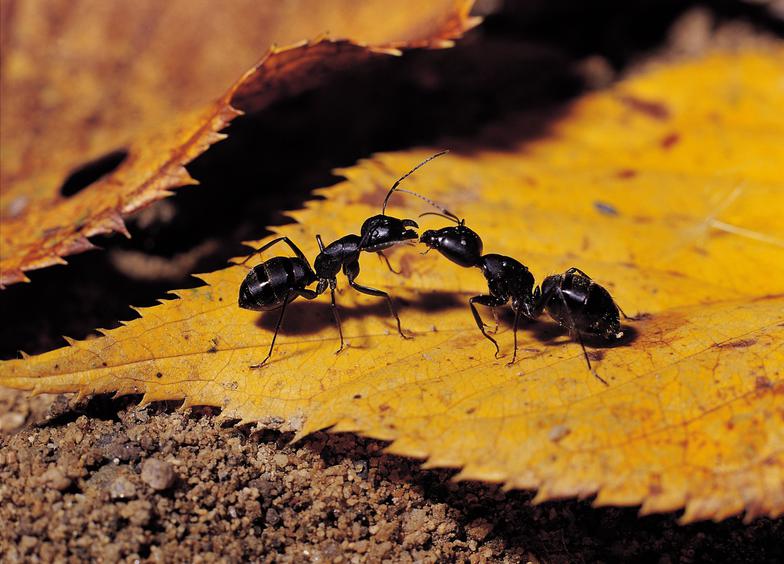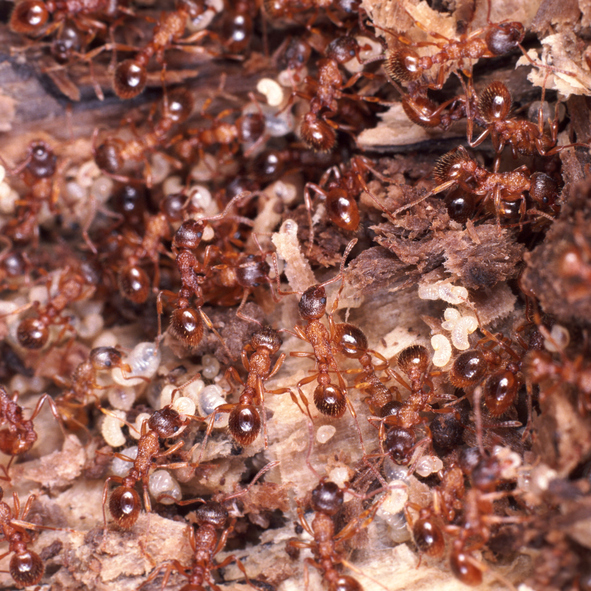Elgin Pest Control
Open weekdays 8:30AM-5:30PM
519-637-3988
Your Pest Control Solution
Ants:
Since ants are attracted to sources of heat and moisture, Spring is likely when you will start to notice their presence, however, they have the potential to pop up even in Winter if there is a thaw. Once a colony of ants becomes active inside a wall void, they will typically seek out water, drawing them to sinks, dishwashers, refrigerators, bathtubs, or toilets. If the ants have gotten old enough to grow wings, it's a good indicator that a colony of ants has nested in the house.
Carpenter ants can cause extensive damage to your home, burrowing through wood, window frames and even structural supports. This damage often takes place behind walls, leaving carpenter ant damage unnoticed to the un-trained eye.
The worker carpenter ants range in length from 3 mm to 13 mm in length while the queen may be more than 25 mm (1'') long. The most common color is black, but some species are red and black, solid red, or brown.
Outdoors, carpenter ants nest in any wood that is in close contact to a moisture source, for example, stumps, landscape ties and wooden fence posts. Inside structures, they often make their nests in hollow doors, in wood cabinets near dishwashers, in damp locations behind baseboards, fireplaces, window frames, and in basements and attics.
Carpenter ants usually limit the size of the colony to the area of the damp wood. Several so-called satellite colonies may, however, be constructed in the same structure.
Carpenter ants are social insects, living in colonies. Within the colony, winged reproductives are not produced until the colony is established, which takes about 2 to 3 years. After mating, the winged reproductive ants leave the colony to establish new ones. Once established, an average colony contains 2,000 to 3,000 carpenter ants.


